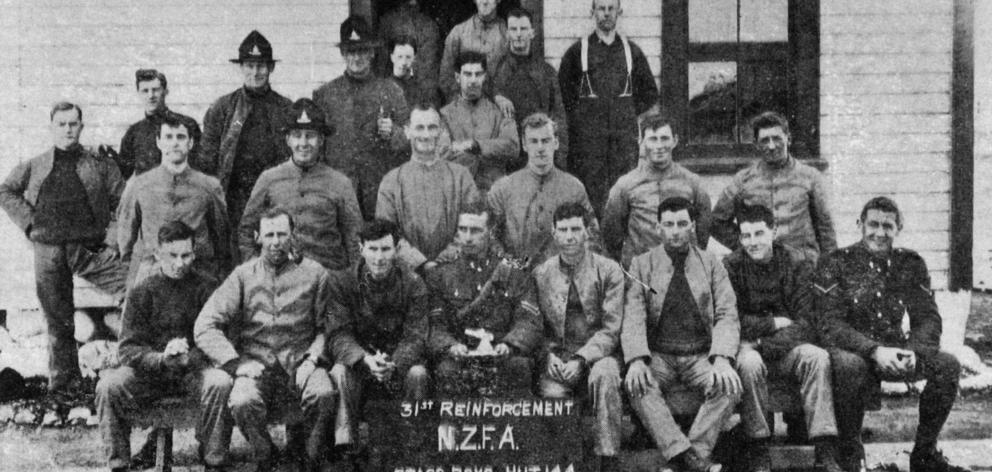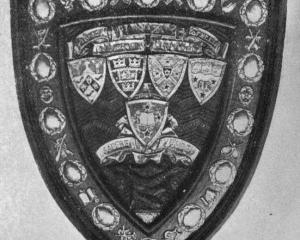
Several years ago there were thousands of rabbits on the place. By fencing the front of the farm with proof netting, encouraging the propagation of the natural enemy, and laying poison, he cleared the rabbits out completely some years ago. To deal with the pest by trapping he considered was a hopeless venture.
Referring to the rabbits in the Otago Central, he said it was a disgrace the way they had been allowed to increase, and anyone who now set himself to agitate for their destruction had not only the rabbits to combat, but also those who were associated with the canning and skin industry - an industry which represented a large amount of money.
The farmer made reference to the lack of enterprise and interest by the people of Dunedin in fostering a movement to deal with the plague, and said the people were apparently following on the old adage, ''What's everybody's business is nobody's business''.
The feeble-minded
In replying to a question on the subject the Hon. J. A. Hanan (Minister of Education) said in Parliament that, as the result of recent investigations, it had been found that there were at least 600 feeble-minded young people under 21 years of age in the dominion.
The question of the feeble-minded was receiving attentive consideration. It was becoming more and more generally recognised that from its ranks the criminal element in the population was extensively recruited. It was also well known that illegitimate births were numerous among feeble-minded women, that inebriate habits were common among such people, and that generally the subnormal individual was a serious menace to society.
In the protection of itself society must segregate and care for such unfortunate people for life. Feeble-minded children might be divided into two classes - those who were capable of receiving training and instruction, and custodial cases who were of a low grade of intelligence and could not be trained to any extent.
The Education Department could be concerned only with the cases whose education was possible, while the custodial cases should be taken charge of by the mental hospitals. Unless the question was dealt with at the present juncture there seemed no doubt that in the near future the problem would become quite beyond control.
Under the agency of the Education Department, about 150 cases had already been selected and admitted to the special school for boys at Otekaike or to the special school for girls at Richmond.
The remaining cases were being examined and classified as quickly as possible with the present limited staff. The number of inmates in the institutions referred to was being steadily increased.
Rhubarb danger
It is not advisable to eat cooked rhubarb leaves as a vegetable substitute, said Dr Spilsbury, the pathologist, at an inquest in England on a Presbyterian minister who died after eating such a dish.
A Home Office analyst gave evidence of finding traces of oxalic acid in the stomach. He had also analysed some garden rhubarb and found the poison present in the form of oxylate of potassium and oxylate of calcium, each to the amount of 10 grains to the pound.
Dr Spilsbury said death was due to poisoning by oxalic acid and soluble oxylate contained in the rhubarb leaves.
- ODT, 27.7.1917.












